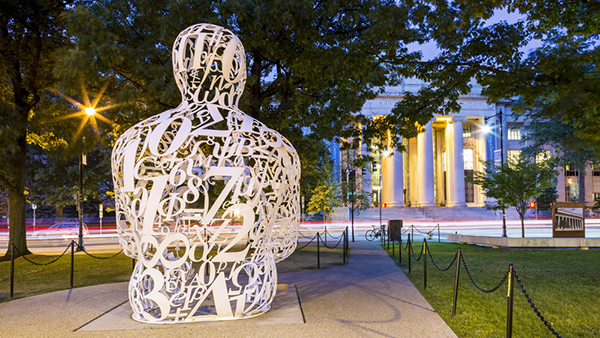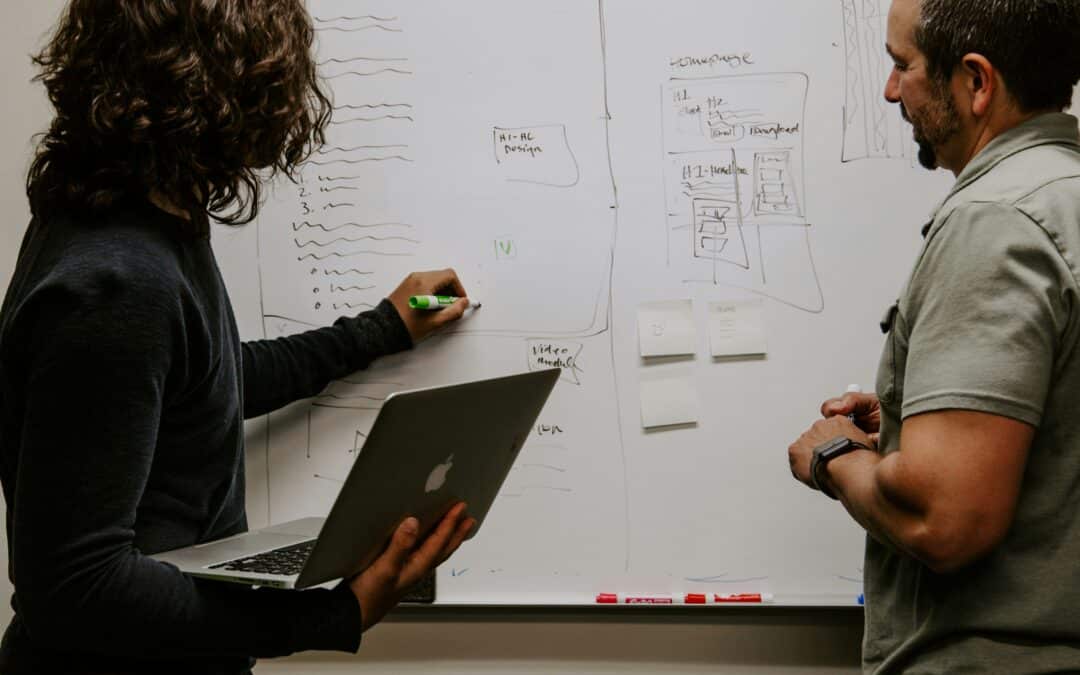A small country in Europe has become a living laboratory for MIT researchers working on what they call “urban innovation.” They are collaborating with city planners, residents, and local companies to interactively test the effects of urban planning decisions and new technologies like driverless cars and ultra-lightweight, three-wheeled autonomous vehicles which are shared and used like bicycles.
The Andorra Living Lab
The Andorra Living Lab project has been ongoing for a few years now in the nation of Andorra(1).
It’s a multi-faceted effort to develop, deploy, and test prototypes for urban innovation in a real-world setting. Furthermore, the setting is a 180-square mile country with 77,000 people which is situated between Spain and France.
Andorra is hoping to improve the nation’s cities for residents and tourists, and provides funding for the technologies that researchers are introducing. One project uses a 3D augmented-reality platform to test different urban interventions. The platform can visualize the complexities of current scenarios and how they will be affected by urban inventions and new technologies like autonomous cars. Researchers also use drones to analyze the flow of people and vehicles. To include the relationship between human activities, buildings, and the environment. And, their work on autonomous vehicles has moved toward the three-wheeled Persuasive Electric Vehicle or PEV.
The Persuasive Electric Vehicle
The PEV is an on-demand electric vehicle that can be summoned with a phone app, and operates in bicycle lanes. But can be used as an electrically-assisted bicycle for passengers, or autonomously for delivering packages. PEVs were designed as an eco-friendlier alternative to the driverless car. It combines the idea of a bike-sharing system with the on-demand services of Uber or Lyft.
The director of the City Science Initiative, Kent Larson, said in an MIT blog, “It makes no sense to put one person in a 4,000-pound car that goes 120 miles per hour, to travel a short distance at low speeds.” They cost much less than driverless cars, so they would be more affordable for cities to deploy. Larson says if they replace conventional cars in Andorra’s capital city, they would reduce emissions by more than 60 percent.
MIT researchers have also tested the PEV in other places to include the university’s home town of Cambridge, Massachusetts. As well as an Air Force Base in Taiwan. They are hoping to use their research in Andorra to develop and sell the PEV with the launch of a startup or by partnering with one of their sponsors.
City Science Initiative
Andorra’s collaboration with MIT researchers and their City Science Initiative was born out of Andorra’s desire to become the world’s first “smart country.” The partnership makes it possible to work on real-world solutions to real-world problems like climate change, employment, transportation, healthcare, food and water. Larson says, “We have to make cities more responsive to changing economic conditions, human needs, and opportunities related to rapidly evolving technology.”
One of the projects they are working on is CityScope Andorra. It uses 3D augmented-reality in the redevelopment of a district in the capital city of Andorra la Vella. Both urban planners and city residents can use the platform to test different kinds of changes to the urban environment. They could try adding more parks, or change the mix of residential to commercial real estate. Or turn all the modes of transportation into ride-sharing vehicles to see how that would affect the urban ecosystem.
Researchers have even developed an app for children, teachers, government officials, and members of the public so they can provide feedback to researchers. The app allows them to photograph features they like or dislike and submit their responses. Larson says, “In that way, we can generate these unusual data sets about human perception of an environment and visualize that on CityScope.” He says they are also interested in seeing how adults and children differ in their perceptions of the city.
They are engaging students in their energy research as well. They have installed sensors at schools that measure energy consumption. Students are asked to monitor those sensors to determine energy efficiency, and come up with ideas for conservation.
Real-World Opportunity
Larson says the Living Lab project has been a fantastic opportunity. He says, “In such a tiny country, we can work directly with the ministers. Policy decisions can be made rapidly and efficiently. We have access to mobile and energy data for the entire country to help us understand the complex behaviors of residents and tourists.”
Just last month Larson with MIT researchers, and government officials held their first summit for the City Science Project. Researchers were able to present their work. The event marked the opening of a new innovation facility in the capital. The facility has co-working spaces that can be used for collaborating on tech research, workshops, and lectures. It’s also meant to bring people together to work on the technologies MIT researchers have brought to the city.
Andorran officials believe this work will help establish the nation as an international center for innovation. The specific topics they are focusing on are tourism, innovation, energy and environment, mobility, and dynamic urban planning.
Larson says that his group will finish its work in another few years. But he hopes that Andorran researchers and companies will continue with the work they started together. He says, “I will consider our project a success if, at the end of our involvement, all these projects we have seeded have a life of their own.”
To listen to the podcast or read the original published article dated November 5, 2017 click here.
























0 Comments